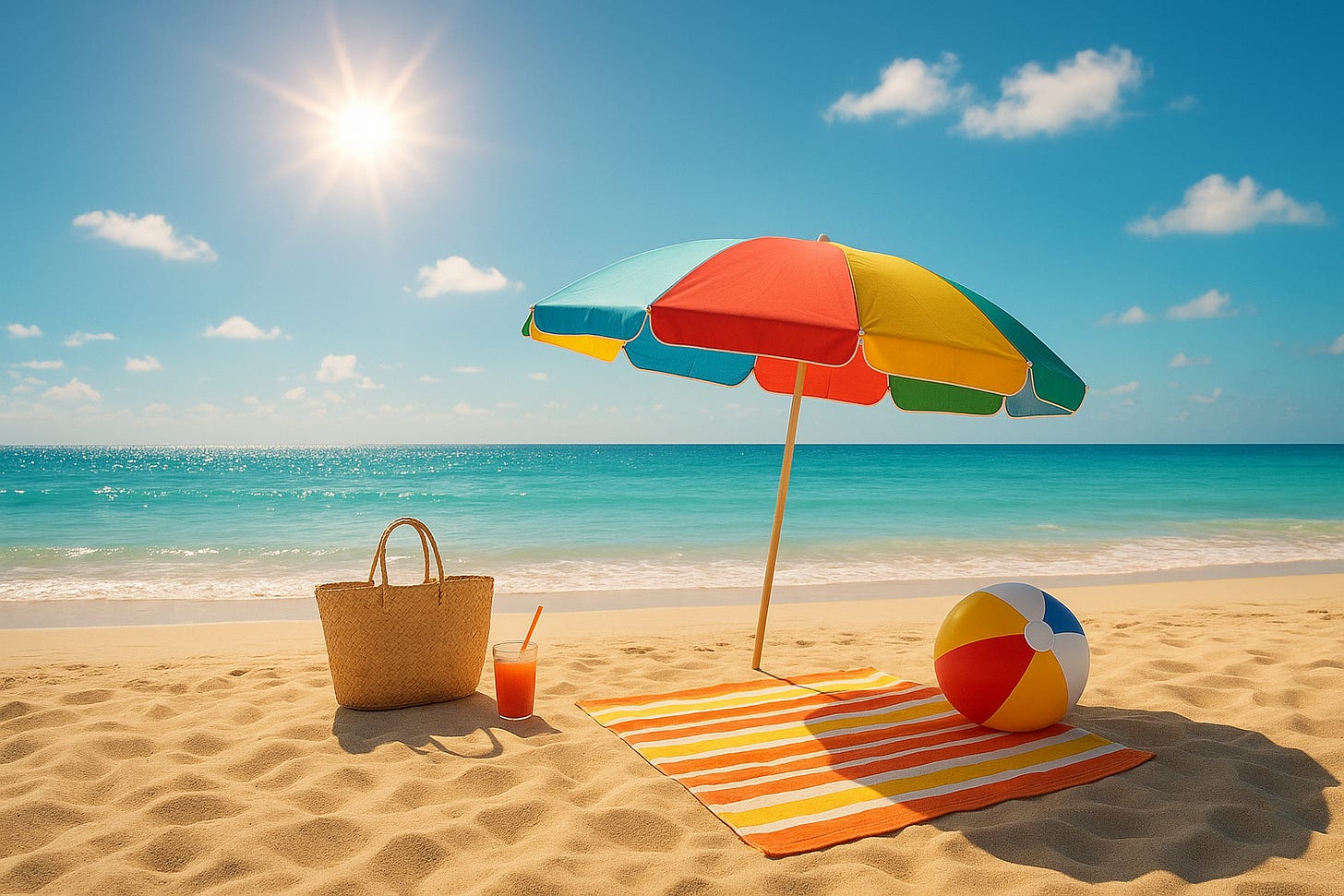10 Things You Don’t Know About Summer
You may think you know summer—but from ancient star myths to surprising scientific truths, the hottest season has a cooler backstory than you’d expect.
Summer is the most celebrated season in much of the world—a time when school lets out, vacations ramp up, and life feels just a little more relaxed. It’s a season synonymous with warmth, light, and freedom. We associate it with everything from beach days to backyard barbecues, blockbuster movies to national holidays. But beneath that familiar surface lies a season far more complex and curious than we often realize.
Much of what we think we know about summer is shaped by tradition, marketing, or simple assumptions. The real science and history of the season tell a different story—one full of astronomical oddities, ecological surprises, and cultural footnotes that rarely make it into the mainstream conversation. Why do we get the hottest days after the solstice? What do ancient stars have to do with modern heatwaves? And was summer break really invented for farm work?
The answers to these questions—and others—reveal just how layered and unexpected summer can be. Whether you’re trying to win a trivia contest or just want something to talk about while waiting for the grill to heat up, here are ten things you probably didn’t know about summer.
10. The Earth Is Farthest from the Sun in Summer
It may seem counterintuitive, but Earth reaches its farthest point from the sun—called aphelion—during the Northern Hemisphere's summer, typically in early July. The heat we experience has more to do with the tilt of Earth's axis than its proximity to the sun. This tilt causes longer days and more direct sunlight, which is why summer still feels hot even when we’re millions of miles farther from our star.
9. The Term 'Dog Days of Summer' Has Astronomical Origins
“Dog Days of Summer” doesn’t come from panting pets but from the star Sirius, known as the Dog Star. In ancient times, Sirius would rise alongside the sun in late July, and early astronomers believed its brightness added to the heat. The phrase stuck, and while Sirius has nothing to do with the temperature, it still marks a famously sweltering period.
8. July Is the Birth Month for More Americans Than Any Other
If it seems like everyone’s birthday party is in July, there’s a reason. Statistically, more Americans are born in July than in any other month. That makes summer the ultimate birthday season, filled with barbecues, cakes, and pool parties, not to mention spikes in ice cream sales.
7. Summer Break Has Agricultural Roots
Many believe summer vacation was created so children could help with farming. In truth, it was more about urban heat. City schools often lacked air conditioning, and attendance dropped sharply during the hottest months. School calendars evolved to include a summer break to give students—and their teachers—relief from oppressive classroom temperatures.
6. Forest Fires Help Some Ecosystems
Though wildfires are often devastating, they play a crucial ecological role in many regions. Some plant species have adapted to rely on fire to disperse seeds or remove underbrush that chokes growth. Summer heat and dry conditions make wildfires more common, and in some cases, more necessary for environmental renewal.
5. Mosquitoes Prefer Some People Over Others
If you feel like mosquitoes target you more than others in the summer, you’re probably right. These pests are drawn to specific body chemistries, higher carbon dioxide output, warmer skin temperatures, and even the color of clothing. So while citronella candles and bug spray help, your biology might be the real reason you're a magnet.
4. Shakespeare Invented the Summer Blockbuster (Sort Of)
Long before Hollywood coined the term “summer blockbuster,” Shakespeare delivered packed performances in warm-weather settings. A Midsummer Night’s Dream is believed to have been first staged during a summer wedding in 1596, drawing large crowds for its humor, fantasy, and romantic entanglements—hallmarks of today’s big-budget hits.
3. Summer Was Once Feared for Disease
Before modern sanitation and refrigeration, summer brought more than sunburns—it brought illness. Outbreaks of cholera, yellow fever, and other diseases were common during the warmer months, particularly in densely populated cities. Without reliable methods to store food or access clean drinking water, heat became a catalyst for serious public health crises.
2. The Longest Day Isn’t Always the Hottest
While the summer solstice in late June gives us the year’s longest daylight, it doesn’t usually bring the hottest temperatures. That’s because Earth’s surface takes time to absorb and retain solar energy. This delay, known as seasonal lag, means the peak heat often arrives weeks later, in July or even August.
1. The Moon Looks Redder in Summer
In summer, the moon tends to rise and set lower on the horizon, causing its light to pass through more of Earth’s atmosphere. This increased atmospheric filtering scatters shorter blue wavelengths, leaving the longer red and orange hues, which makes the moon appear warmer and more dramatic on summer nights.
“The 10” is just a fun and lighthearted diversion from the usual analysis and commentary on More Signal, Less Noise. What topics would you like me to explore in The 10? Let me know in the comments.



